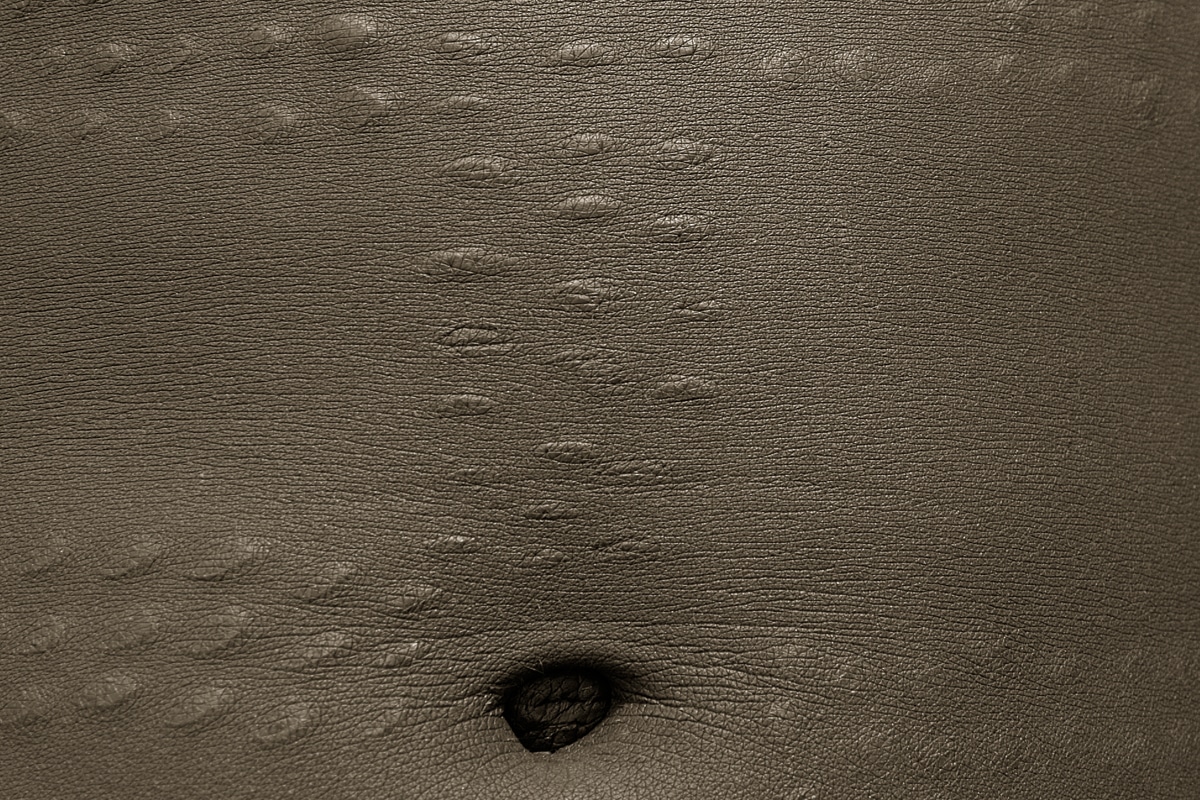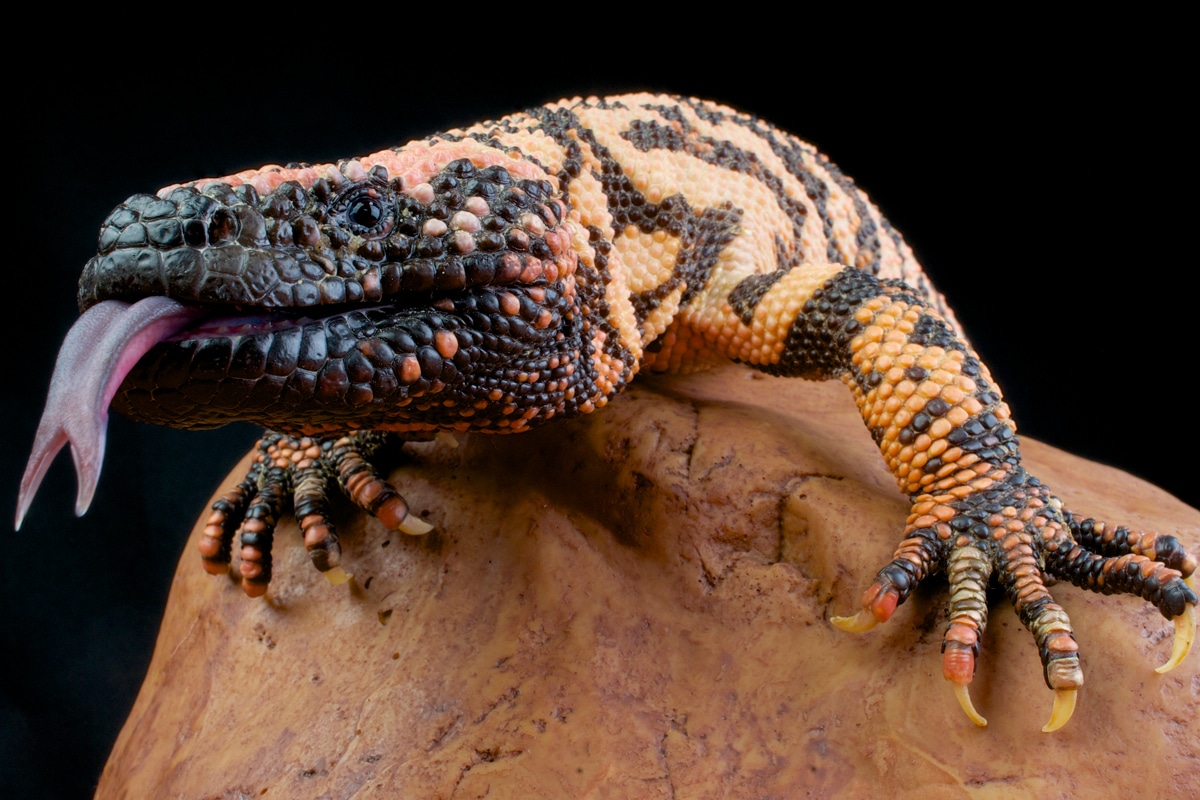Body Modifications
Body modifications, such as tattoos, piercings, and branding/scarification, have been used by humans for thousands of years. While acceptance of these practices varied in different cultures, their social acceptance has been growing globally and in the United States. Oral health professionals should be familiar with body modifications and understand their possible local and general complications, implications for patient assessment and treatment, and strategies to minimize risks. Unfamiliar with this topic? Read on!









